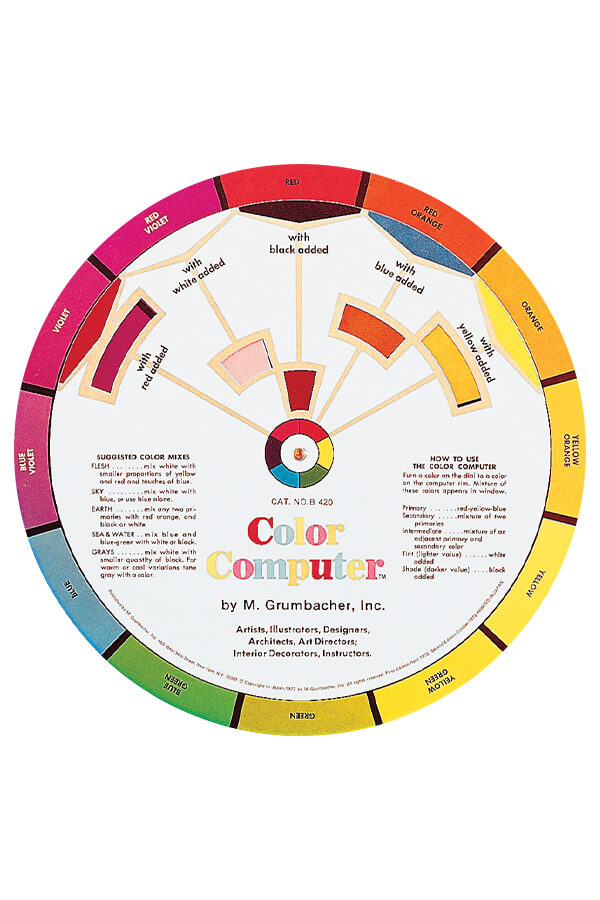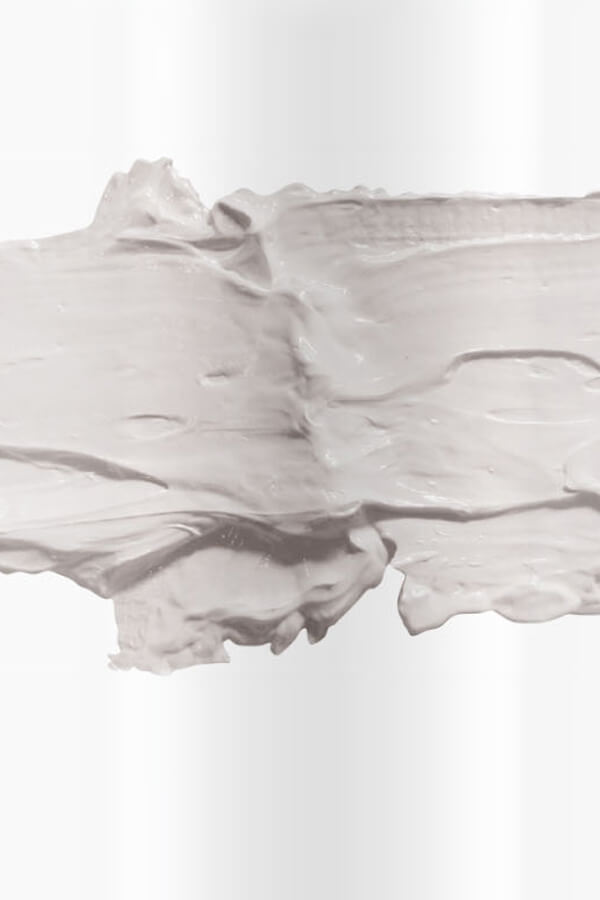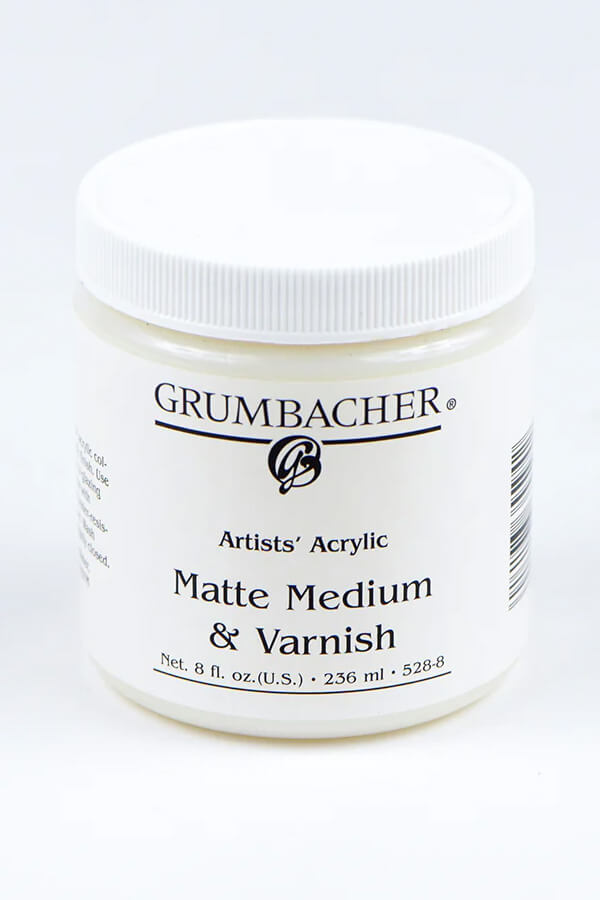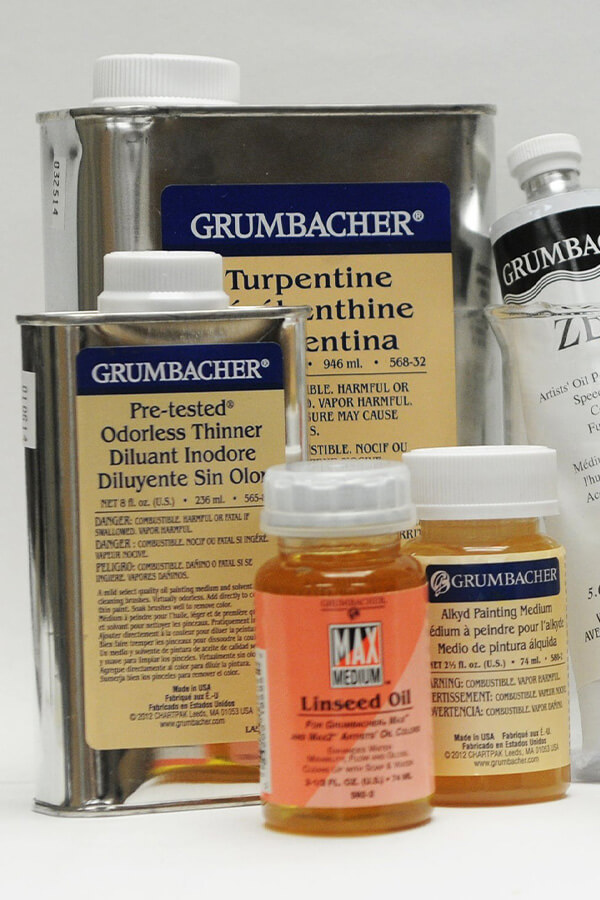
Painting Prompts
Short on inspiration? Check out these ideas to get your creative juices flowing.

Short on inspiration? Check out these ideas to get your creative juices flowing.

When a color is too bright and needs to be toned down, or you want to create a shadow, mix a small amount of the color opposite on the color wheel to “neutralize” the color. For example, add a small amount of ultramarine blue to cadmium orange to take a little of the fire out of the orange.

Don’t be tied to the description on the brush rack. If you need a short-handled brush for an acrylic painting, go ahead. If a watercolor brush is the perfect shape and size for a particular stroke you want in an oil painting, try it.

Hog bristles are a natural animal fiber that work well for moving large amounts of oil color across a canvas. Water tends to bloat the hog bristle hairs and make them splay out. Hog brushes used with acrylic, watercolor or other media that involves the use of water tend to lose their shape quickly.

Some of the most successful portrait painters suggest using a minimum of four colors to create a skin tone. Some commonly used colors are burnt sienna, yellow ochre, unbleached titanium, cad yellow medium, cadmium red medium, and Payne’s gray.

When the tinting strength of Titanium White is too overpowering for what you are painting, try a Titanium-Zinc white combination, or a small amount of Zinc white instead.

Grumbacher Gesso is a thick, acrylic-based gesso that works well for priming raw canvas.

Never mix oil colors with acrylics or paint acrylics on top of oils. However, oils may be applied over acrylics in a few circumstances. Acrylic gesso is a great primer for raw canvas, and many oil painters prefer to use this type of gesso before oil painting. Acrylic paint may also be used in very thin, “lean” layers to create an under-painting. Acrylic paint is more flexible than oil paint, so thick applications of acrylics under your oil color may lead to cracking.

Partially lift color in areas by blotting up wet color can give a subtle, ghostly effect.

Use a masking fluid such as Miskit Liquid Frisket to shield areas of the painting from overlaid washes.

The best way to use white in a watercolor painting is simply to leave an area unpainted, allowing the paper to show through.